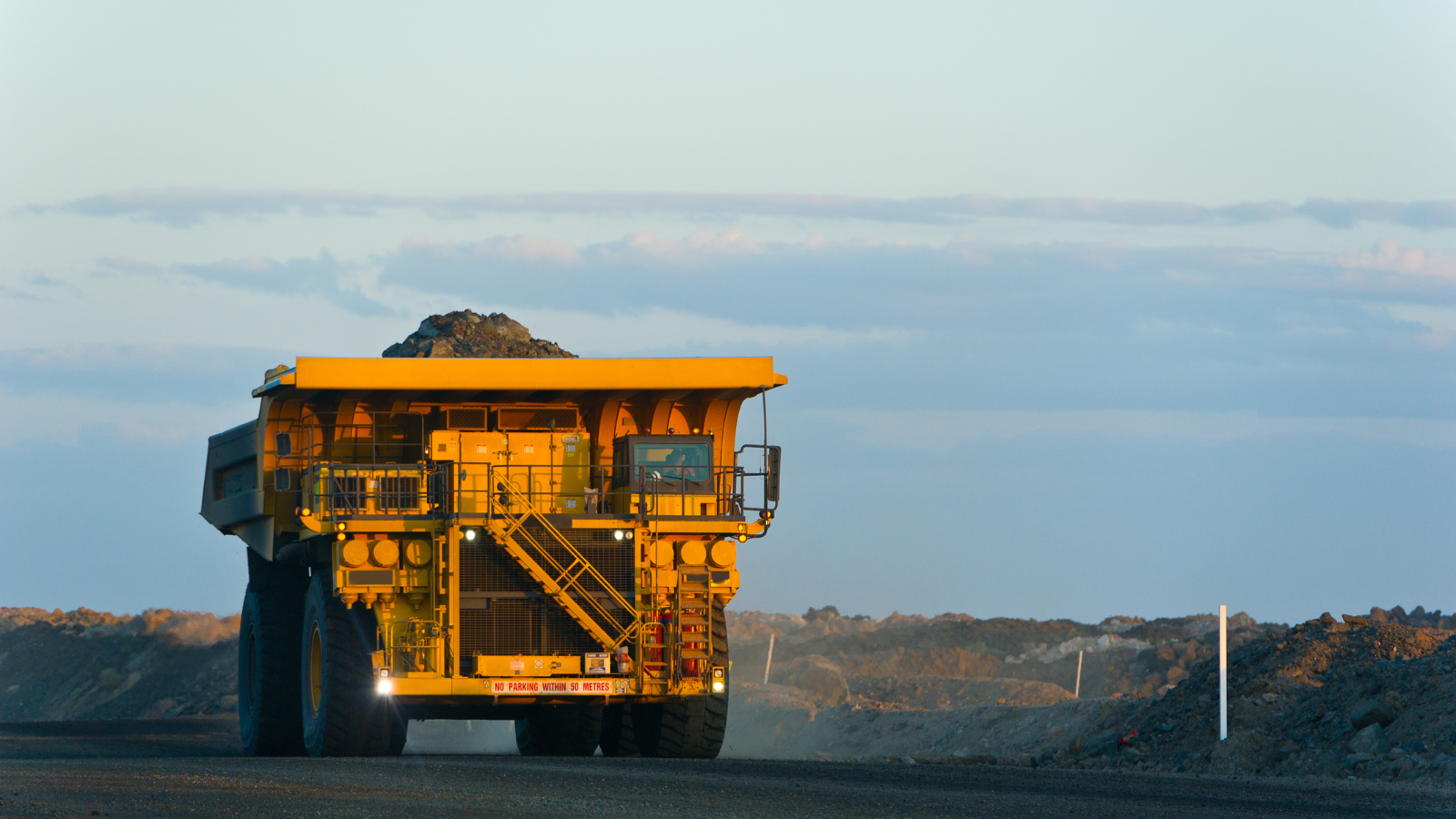How The C-Valley Is Utilizing Coal And Sustaining A Mining Workforce In A Cleaner Way

Coal production and its workforce have seen a steep drop across America due in part to increased regulations limiting the release of carbon emissions into the atmosphere. In C-Valley, we are working to utilize the 165 billion tons of recoverable coal to sustain a mining workforce in a cleaner way. This starts with developing viable alternative commercial and clean applications for coal through several active research and development (R&D) projects.
The Wyoming Innovation Center, which officially opened this summer, is home to companies and researchers developing products like asphalt, graphene, graphite, agricultural char, carbon fiber and more – using coal, coal byproducts and rare earth elements. Promising alternative commercial applications for coal include:
- Extraction of dysprosium and neodymium-iron-boron (Neo) from coal ash: Dysprosium is used for making non-reflective glass, LED TVs, laser materials and commercial lighting. It is in demand for the manufacturing of magnets used in electric-car motors and wind-turbine generators. The second element, Neo is used within a component used for products such as microphones, professional loudspeakers, in-ear headphones and computer hard disks.
- Production of concrete, asphalt, mortar and bricks: To date 4,000 bricks made out of coal have been created, with the next step being to build a prototype house with these bricks as a proof of concept.
- Coal gasification: This existing process is versatile and represents a clean method of converting coal into hydrogen and other valuable products as well as electricity.
The Wyoming Integrated Test Center (ITC) is one of the few facilities in the world where researchers can pull fuel directly from a coal-fired power plant for testing, which helps maintain low electricity prices for millions of people around the globe. Emissions from the ITC are captured by research from the Wyoming CarbonSAFE project, spearheaded by the University of Wyoming School of Energy Resources. From there, researchers study ways to bury CO2 emissions underground in perpetuity.
If the coal isn’t being used for R&D, it can be exported to other in-need areas. Currently being exported to Asia, C-Valley leaders hope to eventually export coal to Europe to alleviate shortages and decrease dependency on China. Navajo Transitional Energy Company (NTEC), a producer of 70 million tons of coal annually at its C-Valley mines, has gained greater access to the international coal markets through collaboration with Westshore Terminals on the Pacific Coast of British Columbia. But because of supply chain disruptions, workforce shortages and infrastructure barriers, nationwide exports, specifically to Europe haven’t been implemented to their full potential.
Though there is still much to be found through research in the C-Valley, the region is on track to create sustainable ways to utilize the state’s abundant resources in a cleaner way, strengthening the state’s economy and keeping jobs for many.